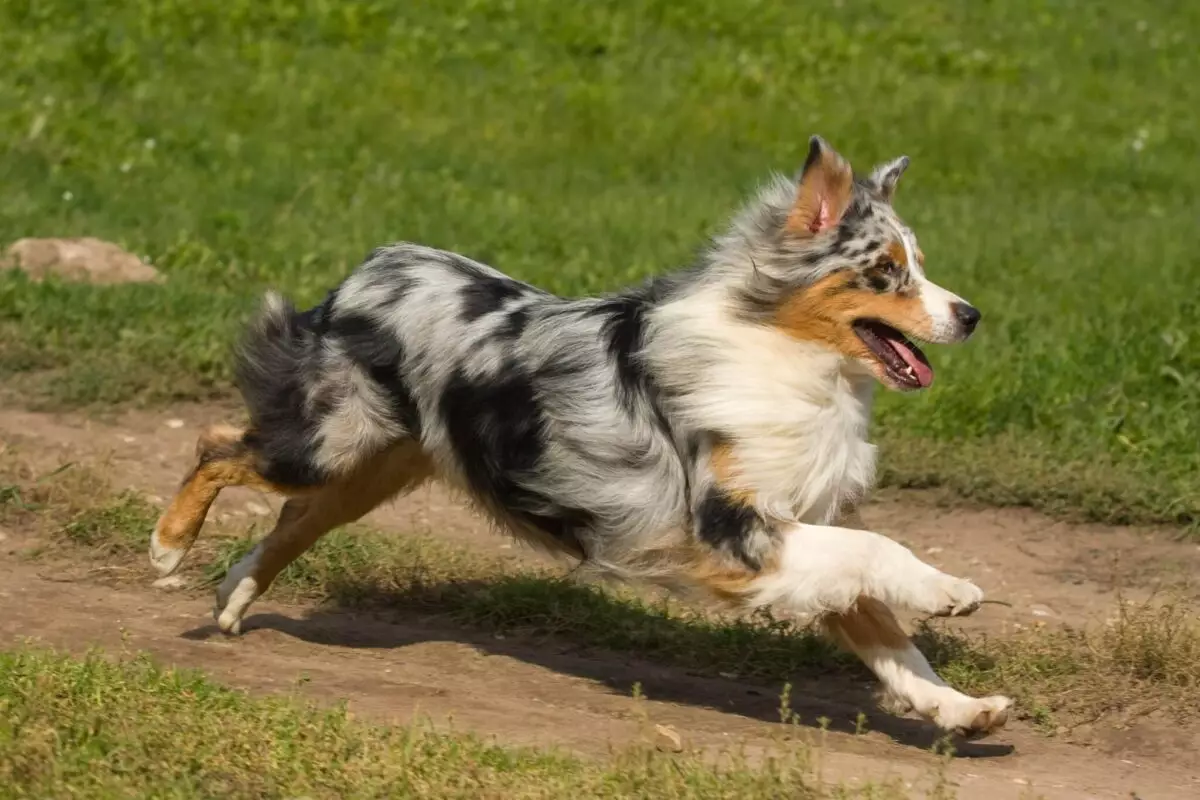Dogs are known for their loyalty and companionship, but certain breeds possess an adventurous spirit that can lead them into precarious situations. While the urge to explore is an endearing quality, it can also result in a significant challenge for pet owners. Understanding the traits of these adventurous breeds and implementing appropriate strategies can ensure both their safety and the peace of mind of their owners. In this article, we will examine some breeds that are notorious for their proclivity to escape, analyze their behavioral tendencies, and suggest practical solutions to manage their wanderlust.
Many dogs exhibit a natural curiosity that drives them to explore their surroundings. For some breeds, this characteristic is intensified by their heritage as working or hunting dogs. These breeds often have heightened instincts for exploration, leading them to dig, jump, and occasionally break through barriers in their quest for adventure. Such behaviors can be charming but also distressing for owners who worry about their pets’ safety and the potential for them to get lost or injured.
Among the canine world, certain breeds stand out as natural escape artists. Notably, breeds like the Siberian Husky are renowned for their energy levels and incredible strength. Bred for endurance by pulling sleds over extensive distances in harsh climates, Huskies are known for their incessant desire to venture far from home. Owners of this breed should prioritize secure fencing and ample physical activity to satiate their need for movement and exploration.
Another breed to consider is the Beagle. These dogs, with their exceptional sense of smell, are often lured by enticing scents that can lead them to wander beyond their confines. Beagles are driven by instinct, making them prone to escape if not properly engaged with structured routines that fulfill their sensory needs.
Similar characteristics can be found in Jack Russell Terriers, who are small but packed with energy and intelligent drive. These dogs are prone to digging under fences and squeezing through tight spaces. Owners are encouraged to provide a stimulating environment, along with secure yards, to prevent their escapades.
Other breeds, such as German Shepherds and Border Collies, exhibit high levels of intelligence coupled with keen curiosity. Their capability to learn how to open doors or leap fences when bored makes it imperative for owners to maintain stimulating environments filled with tasks that challenge them both mentally and physically.
To mitigate the escape tendencies of these adventurous breeds, it’s essential to provide both mental and physical stimulation. Daily exercise routines—such as walks, runs, and playtime—are vital to channel their energy into constructive activities rather than exploratory escapes. Additionally, engaging them in dog training classes, agility workouts, or even interactive toys can fulfill their need for intellectual stimulation.
Security measures can be equally effective. Investing in high, sturdy fences that are difficult for dogs to climb over or dig under is crucial. For breeds like the Great Pyrenees, whose protective instincts may drive them to patrol wide areas, reinforced perimeters can ensure they remain safe while still allowing them some freedom to roam within a secure space.
It is also beneficial to create a routine so that these dogs feel secure and understand when it’s playtime versus downtime. Separating playtime from solitude can minimize the chances of escape due to boredom or anxiety, keeping them happy and less prone to wandering.
Constant supervision can be a significant factor in maintaining security for escape-prone breeds. Pet owners must remain vigilant in monitoring their dogs, especially during potentially precarious situations like outdoor gatherings or when visitors arrive. Dogs can act impulsively, and an open door can be an opportunity too tempting to resist. A responsible approach involves educating family members and guests on safety measures to avoid unintentional escapes.
In summation, understanding the intrinsic characteristics of adventurous dog breeds and their tendencies to roam provides a foundation for effective management strategies. Creating an enriching environment, ensuring secure containment, and remaining vigilant can greatly reduce the chance of escape, allowing these inquisitive companions to thrive within the safe confines of their homes. Embracing their adventurous spirit within safe boundaries not only enhances the overall well-being of the pets but also offers peace of mind to their owners.

